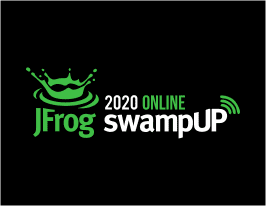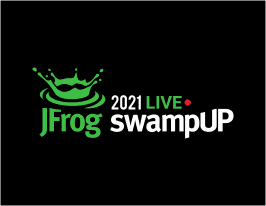Managing Artifacts in a distributed Landscape [swampUP 2020]
Roman Roberman,DevOps Engineer, Apps Flyer
July 7, 2020
2 min read
AppsFlyer Transforms Its Artifact Management with Artifactory’s Single Source of Truth: https://jfrog.com/blog/appsflyer-tran…
AppsFlyer’s mobile attribution and analysis platform is used by the biggest and most popular applications on Earth, generating a constant “storm” of 100B+ events (HTTP Requests) on our microservices, cloud-based platform daily. And one of the technology backbones enabling this scale of operations is JFrog Artifactory. With a diversity of artifacts being maintained in a Wild West of repositories – from Docker registry, NPM, to S3 with third-party dependencies for all, we realized we needed a better way to globally manage our many different platform engineering artifacts and pipelines. Enter Artifactory. AppsFlyer selected Artifactory to help overcome the challenges of managing these many dependencies in a large engineering organization. This talk from swampUP 2020 is the story of how AppsFlyer migrated a live production system serving tens of thousands of production clients with iron-clad 24/7 uptime SLAs to Artifactory in order to improve deployment reliability and create a single source of truth for all of our credentials, and return order to the Wild West of our artifact management at scale.





